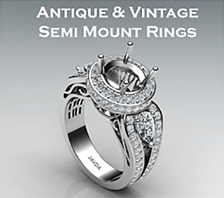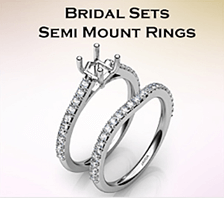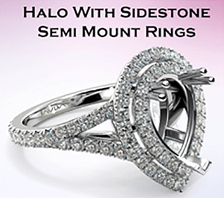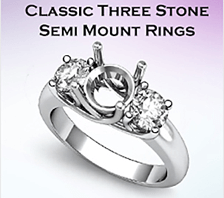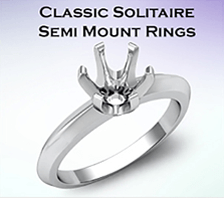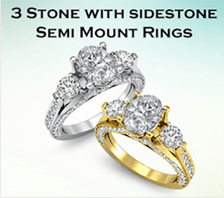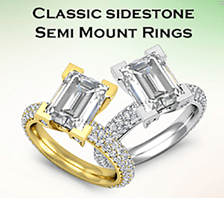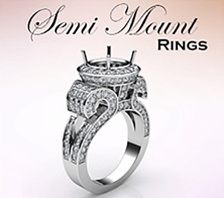- USA & CA : 1(800) 618-0057
- UK : 0800-158-8052
- Australia : 1800-195-871
Need help?
If you'd like to speak to an expert about selecting the right diamond for you, please call:
1-800-618-0057
[email protected]
Stone Setting Method
Stone setting is one of the essential stages of jewelry making, in which gemstones are attached in a metal casting. The main objective of stone setting is to hold a gemstone securely as well as to enhance the brilliance of a gemstone by Showing its cut, clarity and color. Jewelry manufacturers use numerous methods to set a gemstone into a jewelry item, which generally is based on gemstone's cut and proportion. Some of these methods and techniques are accepted and appreciated worldwide, which are described as under:
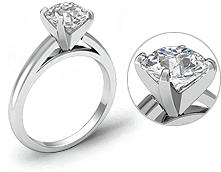
PRONG SETTING
Prong setting is the most popular setting for side and center diamonds in jewelry for a variety of reasons. Because it consists of four or six claws that cradle the diamond, it allows the maximum amount of light to enter a stone from all angles. This makes the diamond appear larger and more brilliant. And it can hold large diamonds more securely.
BEZEL SETTING
With a Bezel setting, a rim holds the stone and surrounds the gem. Bezels can have straight edges, scalloped edges, or can be molded into any shape to accommodate the stone. The backs can be opened or closed and they are used to set earrings, necklaces, bracelets, and rings. Warmer-colored diamonds look stunning when bezel set in yellow gold.
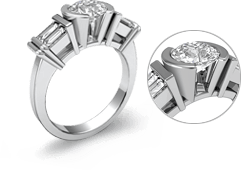
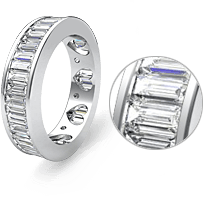
CHANNEL SETTING
This setting is most frequently used for wedding and anniversary bands. A Channel setting will set the stones right next to each other with no metal separating them. The outer ridge of metals is then worked over the edges of the stones. This protects the girdle area of the diamonds better than a bead or prong setting and provides a smooth exterior surface.
BAR SETTING
Similar to the Channel setting, this type of setting is also most commonly used in anniversary and wedding bands, but can also be seen in bracelets and necklaces. It is a band of diamonds that holds each stone in by a long thin bar, shared between two stones. The Bar setting combines a contemporary and classic look.
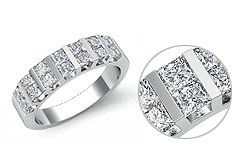
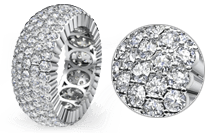
PAVE SETTING
Stones are set closely together, separated by little beads of metal. Pave set accent stones can enhance a modest center stone. Traditionally, pave refers to a field or expanded area of beaded metal and stones. The pave setting allows light to reflect off the many facets of a diamond because it uses numerous small diamonds set with tiny prongs that create a continuous surface of radiance and shimmer. This setting type is preferred for engagement rings and earrings.
TENSION SETTING
A tension setting refers to a diamond ring setting where the diamond is held in place by pressure rather than with prongs, under a channel, or a bezel setting. The gold or platinum setting is actually spring-loaded to exert pressure onto the diamond, and tiny etchings/grooves are added to the gold or platinum in order to create a shelf structure for the diamond's edges to rest. The diamond appears to 'float' or be suspended in the air with nothing holding it in place. It is a secure setting type for a diamond engagement ring or wedding ring.
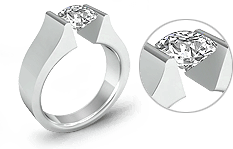
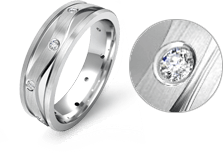
GYPSY OR FLUSH SETTING
You may know the Flush setting from men's jewelry you've seen. A setting technique in which the gemstone is embedded within the band and the metal from the band is used to secure the gemstone, leaving only the top of the gem visible.
BEAD SETTING
In bead setting, stones are placed in holes that have been drilled out on the surface of a jewelry item. For this purpose, a seat is prepared on the metal surface, by using a standard setting bur, to place the stone. Once the stone is positioned in the seat, an engraving tool is used to raise the beads of metal from the surrounding surface to hold a stone in place. These prongs are then rounded and pushed over the edge of the stone with a beading tool. Although this method is not used much these days but it was very common in the 20th century.
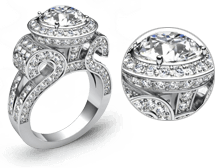
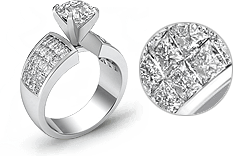
INVISIBLE SETTING
Invisible setting is a new and improved setting method that is considered as one of the most difficult setting methods. In this setting, the stones are positioned in such a manner so that metal is not visible from in-between stones that ultimately show appearance of uninterrupted and continuous surface. In this setting, stones are grooved just below the girdle and then those grooved stones are slid onto metal tracks to hold them in place.
CLUSTER SETTING
When diamonds or gemstones are set close together in a group, the result is known as a cluster setting. Sometimes the stones can be arranged in the form of a stylized flower, or just in an abstract arrangement. Cluster rings are usually multi-level, with considerable height above the hand. The arrangement of the stones can be open and airy looking, or they may be more tightly arranged.
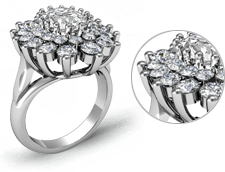




 US & CA :
US & CA :
 Live Chat
Live Chat
 Engagement Rings
Engagement Rings 













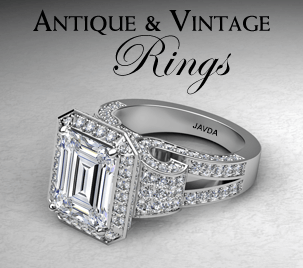
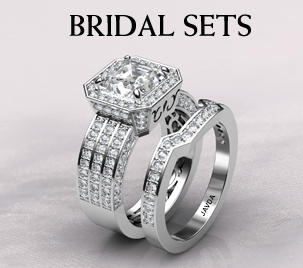
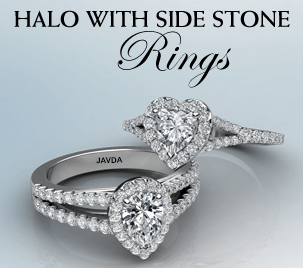
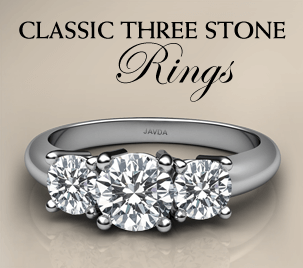
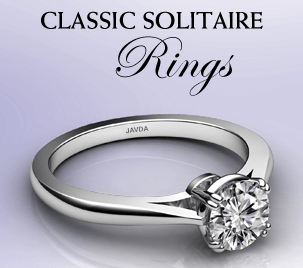
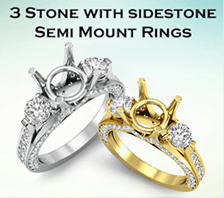

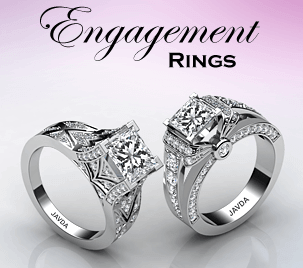
 Pendents
Pendents 










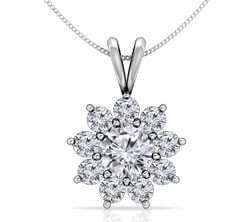
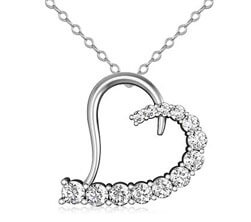
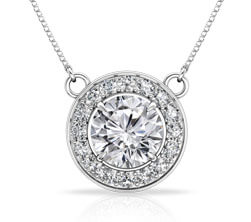
 Natural Diamond's
Natural Diamond's 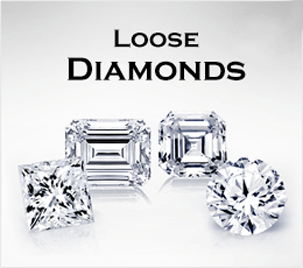
 Wedding Bands
Wedding Bands 








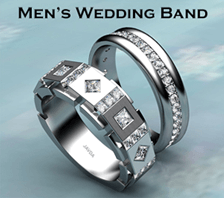
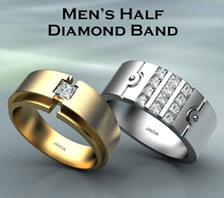
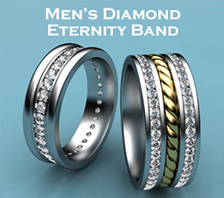
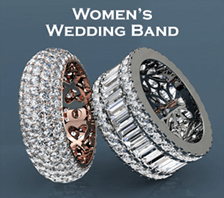
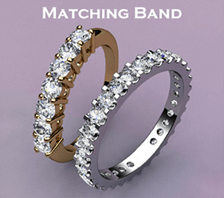
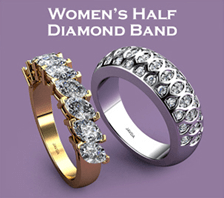
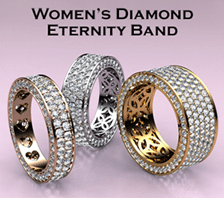
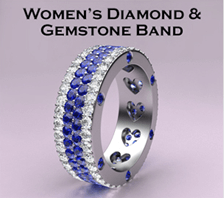
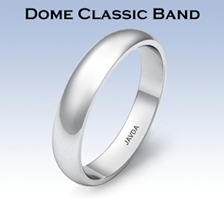
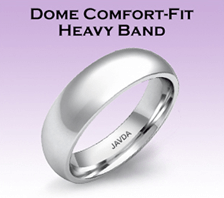
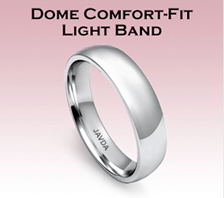
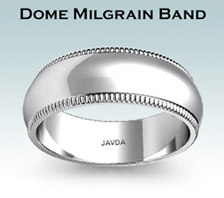
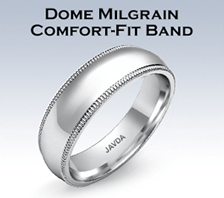
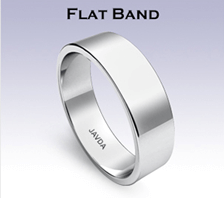
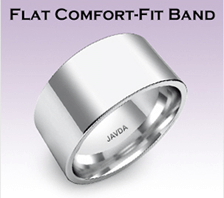
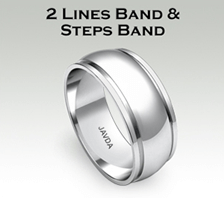
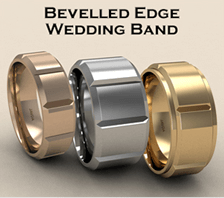

 Semi mount rings
Semi mount rings